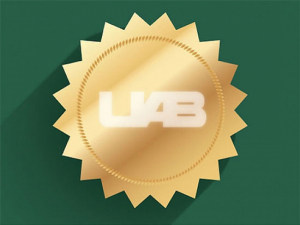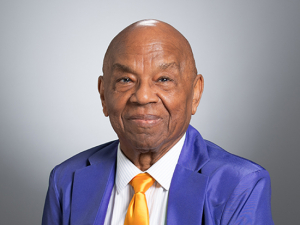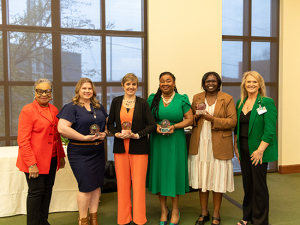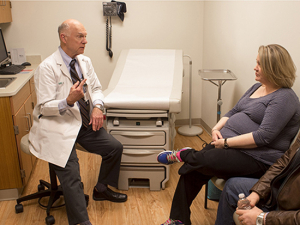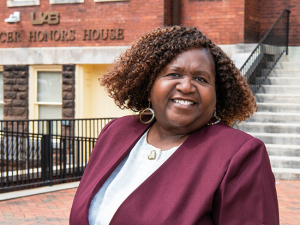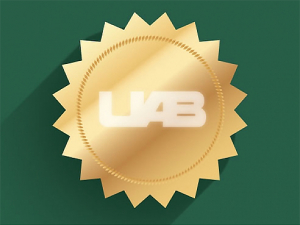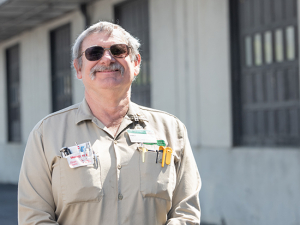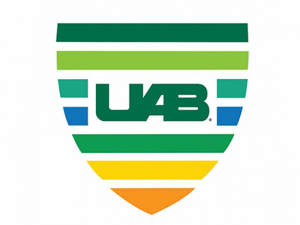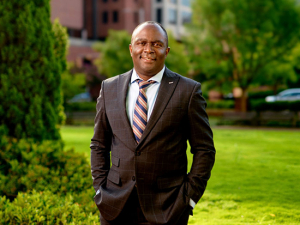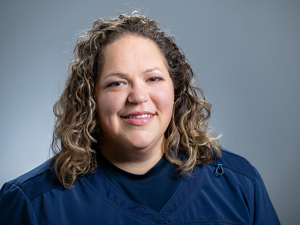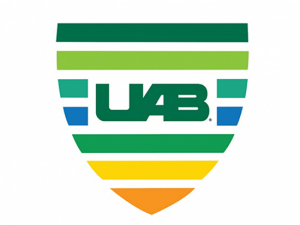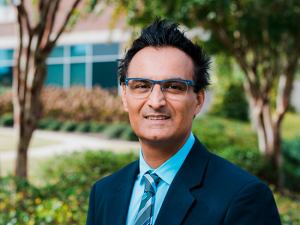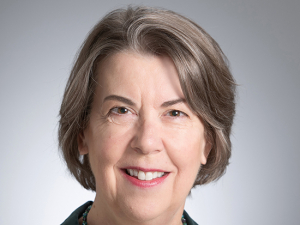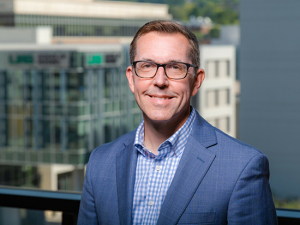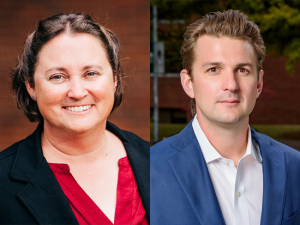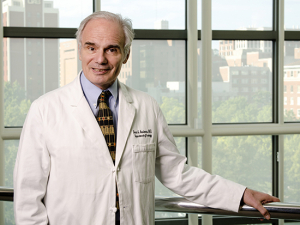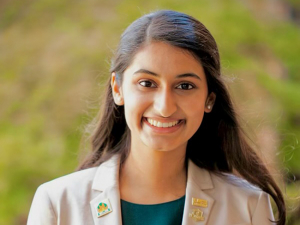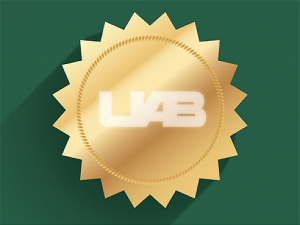UAB’s designation by the Carnegie Foundation as an institution with “very high research activity” has accustomed faculty, staff and students to hearing our world-renowned teacher-scholars have received competitive grants and other awards to support their research.
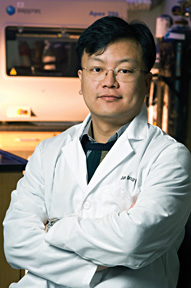 |
| Ho-Wook Jun is one of three UAB professors to win a National Science Foundation CAREER Award in the past seven months. |
Even so, it is still impressive that some of our youngest and brightest scientists have been thrust into the spotlight in the past seven months, with three professors winning National Science Foundation Career Awards — a prize that the foundation describes as among its most prestigious.
Ho-Wook Jun, Ph.D., assistant professor in biomedical engineering, David Hilton, Ph.D., assistant professor in physics, and Xincheng Yao, Ph.D., assistant professor in the biomedical engineering, each won the influential award to support the early career-development activities of professors who most effectively integrate research and education within the context of the mission of their organization.
The UAB Reporter will feature each of these outstanding researchers during the next three months, giving our campus community insight into their work and its promise.
Jun received a $407,000 NSF Career Award this past July for research into a bioactive hybrid nano-matrix for intervertebral disk regeneration. He is exploring biomedical applications for treating spinal injuries through tissue regeneration.
Q. What was your reaction to be selected for this honor by the NSF?
A. I was so pleased. The NSF Career award is very competitive and a great honor for a junior faculty. I was glad the NSF recognized my proposed research, education and outreach program.
Q. What the hypothesis of your research?
A. The main goal of the proposal is to develop a highly integrated research, education and outreach program around the development of bioactive hybrid nano-matrices for intervertebral disk (IVD) regeneration. The proposed work is an interdisciplinary project that integrates nanotechnology, materials sciences, stem-cell biology and tissue engineering.
Nanostructured, IVD-mimicking scaffolds will be designed by combining electrospun nanofibers and self-assembled nano-matrix. These bioactive hybrid nano-matrices can overcome the current challenges of electrospun nanofibers and self-assembled nano-matrix and use their unique advantages. We hypothesize that these nano-matrices will provide encapsulated human mesenchymal stem cells with an ideal IVD-mimicking environment via characteristic cell adhesive ligands and tunable mechanical properties.
Q. What are current challenges in treating low-back pain, and how does your research address them?
A. Low back pain is one of the leading causes of disability; approximately 80 percent of people affected at some point of their life. It has been the most expensive health-care problem in the United States. The primary cause of low back pain is the degeneration of intervertebral disc (IVD).
Treatment to reduce pains of IVD degeneration is surgical interventions such as discectomy and spinal fusion, but they decrease mobility and fail to restore normal biological and mechanical functions. The IVD is an avascular tissue, with very limited ability to regenerate. Because options are limited in the extent they can repair functions, stem-cell-based tissue-engineering has great promise for treating degeneration.
Q. How many more NSF Career Awards can we expect in your future?
A. As I know, five UAB faculties received the NSF Career Award before 2010. However, there are three who received the NSF Career Award in the past seven months. It is amazing. As UAB advances, more junior faculty continuously receive the NSF Career Award. I would be very happy to contribute to this.
Q. What role will the BioMatrix Engineering and Regenerative Medicine (BERM) Center play in your research?
A. I have received great support from the BERM Center. Critical preliminary data have been generated by a BERM center pilot grant. In addition, BERM Center provides opportunities to get together researchers with different backgrounds around the theme of regenerative medicine. There are many interesting projects going on.
Q. What is electrospinning, and what part does it play in your research?
A. Electrospinning has gained attention for various biomedical applications because it allows for the fabrication of continuous nano- or micro-fibers with high surface-area-to-volume ratio and an interconnected porous structure. The primary challenges facing electrospun nanofiber scaffolds include the lack of bioactivity on the nanofiber surface for controlling cellular behaviors and the difficulties in fabricating porous three-dimensional structures for cell encapsulation and infiltration.
Therefore, the objective is to explore an innovative strategy to overcome the limits of electrospun nanofibers by combining unique characteristics of electrospun nanofibers and self-assembled nano-matrix to develop IVD-mimicking scaffolds.
Q. What is the bioactive hybrid nano-matrix, and how will it support your hypothesis?
A. The bioactive hybrid nano-matrix combines electrospun nanofibers and a self-assembled nanomatrix. It is expected to overcome the challenges of electrospun nanofibers by taking advantage of their unique properties in combination. This novel bioactive hybrid nano-matrix will provide human bone-marrow mesenchymal stem cells with an IVD-mimicking environment, which is crucial for IVD regeneration. The successful application of these scaffolds is rife with potential and eventually could be used as a regenerative tool to help people with disabilities.
This will be transformative across many biomedical disciplines.
Q. What kind of affect will this have on education and outreach programs?
A. At multiple levels of education and outreach — from graduate and undergraduate to middle and high school. Research activities will be integrated with educational activities and outreach programs, including: development of new, interdisciplinary curriculum by combining lectures and hands-on laboratory activities; new community-outreach programs to promote leadership and career opportunities for women and under-represented minorities in middle and high school; a new outreach program targeting students with disabilities; new industrial and international partnerships for improving multidisciplinary training and collaboration skills; and thesis-based research activities for graduate students and undergraduate students.


